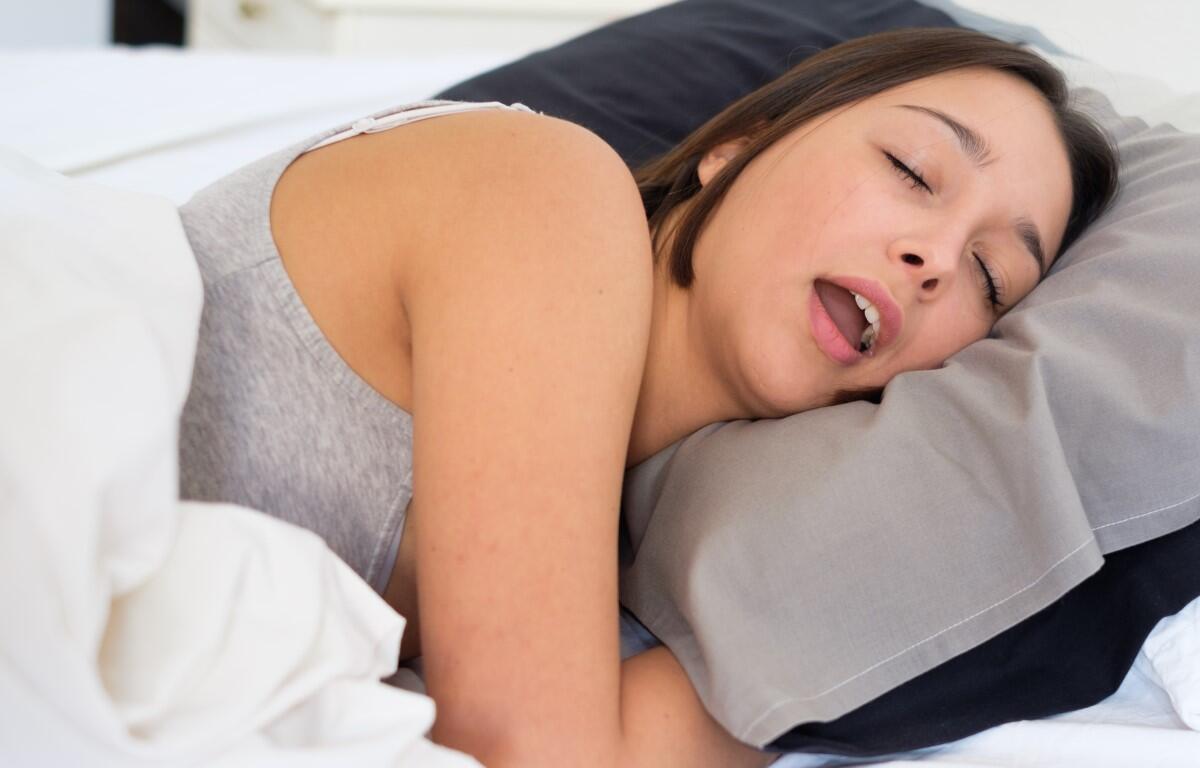Sleep disorders cause all sorts of problems, and are more common than most people realize. Dr. Jennifer J. Cornell, DDS, at Dental Sleep and TMJ Solutions of Clarksville has answers to some of the questions that come up about the conditions preventing you from getting a good night’s sleep.
Question: Can sleep apnea in women look different than men? I don’t snore, but I have been told that sometimes it sounds like I stop breathing or I make a gasping noise. I am not necessarily overweight and am in generally good health, but I feel tired most days.
Dr. Cornell: This is a terrific question and yes, there can be differences in how sleep apnea presents in women compared to men. Sleep apnea is a sleep disorder characterized by pauses in breathing or shallow breaths during sleep. The pauses or shallow breaths decrease the oxygen circulating in your blood that is needed by your body to do its job in recovery from the day’s events. It can also cause your brain to stop its normal rhythmic sleep cycle, both of which can leave you feeling tired and sluggish.
Some of the differences in how sleep apnea manifests in women include:
1. Symptoms: Women with sleep apnea, even the mildest form, tend to more sensitive to changes that occur than men. While loud snoring is a common symptom in both genders, women may be more likely to report other symptoms such as insomnia, morning headaches, mood imbalances and fatigue.
2. Risk factors: The risk factors for sleep apnea can differ between men and women. While obesity is a significant risk factor for both genders, women with sleep apnea may be more likely to have a lower body mass index (BMI) compared to men. Slender women with long necks are usually surprised to find out their daily fatigue or mood imbalances are associated with sleep disordered breathing.

3. Hormonal influences: Hormonal changes, such as those that occur during pregnancy and menopause, can influence the severity of sleep apnea in women. Hormones may play a role in the collapsibility of the upper airway during sleep. Just like many women experience loss of tone on the outside areas of their body, this also affects the airway muscles and tissues, making them more laxed. Pregnancy sleep apnea is typically a cause for concern in the third trimester and can even affect the unborn child’s growth and development.
4. Sleep architecture: Women may experience changes in sleep architecture, including disruptions in the sleep cycle as mentioned above, causing the body to go into panic and elevate cortisol levels.
5. Misdiagnosis: Sleep apnea in women is sometimes undiagnosed or misdiagnosed because the symptoms may differ from the classic presentation seen in men. This can lead to delayed or inadequate treatment. Often mood imbalance can be manifest and/or be diagnosed as anxiety or depression. Medications for anxiety and depression can also alter sleep architecture and cause nightly bruxism of the teeth, leading to more sleep-related issues.
It is important to note that while there are gender differences, sleep apnea can affect individuals of any gender. The area of sleep disorders and specifically sleep apnea is growing in awareness in mainstream healthcare and the media. Greater awareness of gender differences and presentation of symptoms is still forthcoming. If someone suspects they have sleep apnea, it is crucial to consult with a healthcare professional, and more specifically a healthcare professional with knowledge of sleep apnea presentation of both genders, for a proper diagnosis and appropriate screening and treatment.
Jennifer J. Cornell, DDS, is a diplomate of the American Board of Dental Sleep Medicine. For more, visit the Dental Sleep and TMJ Solutions of Clarksville website or call 931-645-8000.


